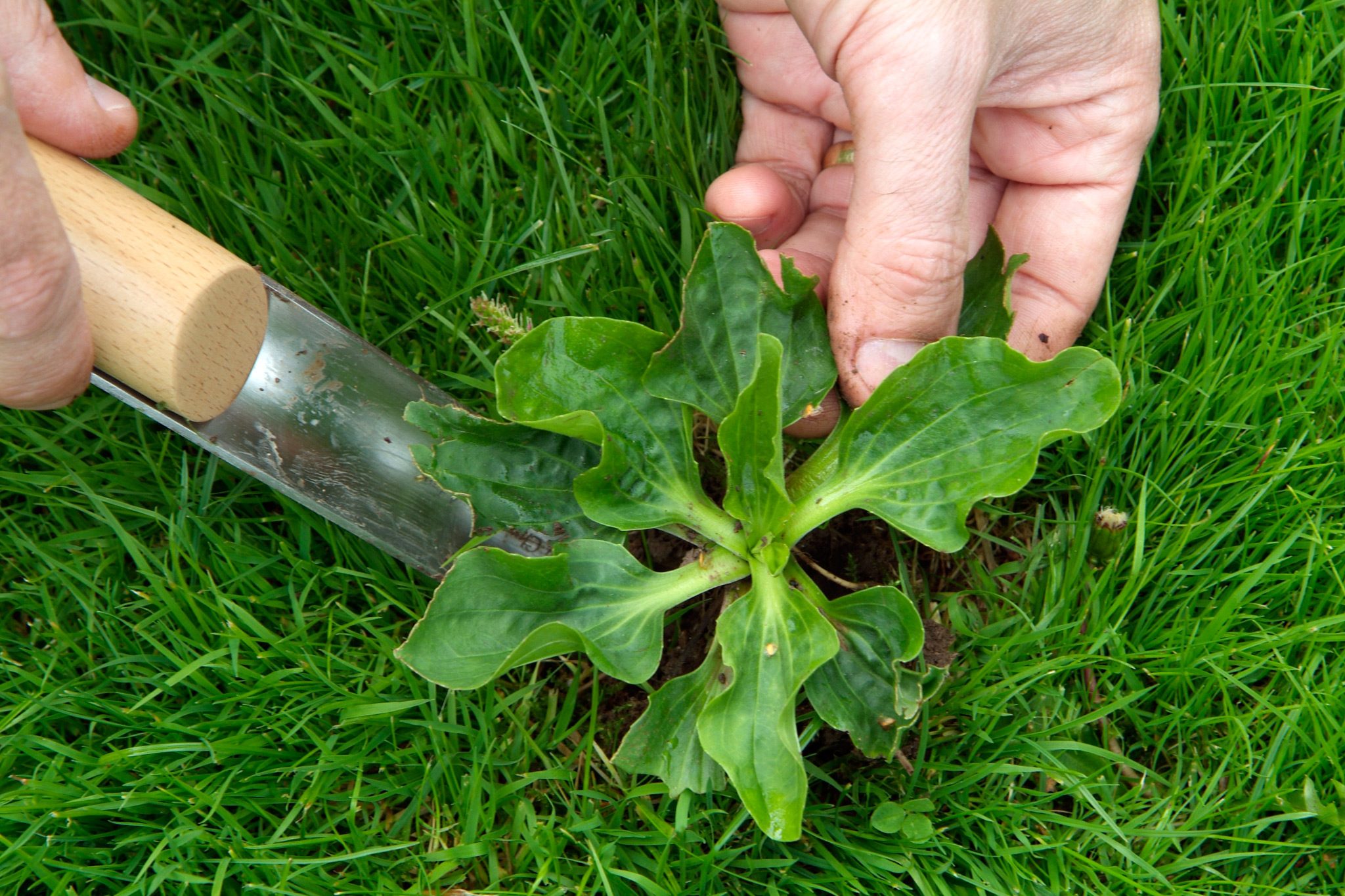How To Get Rid Of Weeds In Grass, Weeds are one of the most common and persistent problems in lawns and gardens. They not only ruin the aesthetic appeal of your grass but also compete for nutrients, water, and sunlight, which can weaken the health of your lawn. If you’re wondering how to get rid of weeds in grass, you’re not alone! This guide provides you with effective strategies to tackle weeds and maintain a beautiful, healthy lawn.
1. Understand the Weeds in Your Lawn
Before you can effectively eliminate weeds, it’s important to identify them. Weeds in grass can vary in type—broadleaf weeds, grassy weeds, and sedges are common offenders. Broadleaf weeds like dandelions and clover are the most recognizable, with wide, flat leaves. Grassy weeds, such as crabgrass, look similar to your grass but grow in clumps. Sedges resemble grass but have triangular stems.
Knowing what type of weeds you’re dealing with will help you choose the best method for removal.
2. Manual Weed Removal
If you have a small number of weeds, pulling them by hand can be an effective method. It’s best to do this when the soil is moist, making it easier to remove the entire root system. Use a weeding tool or a hand fork to dig deep into the soil to get rid of the roots. This is a labor-intensive process, but it’s eco-friendly and highly effective for smaller lawns or scattered weeds.
3. Apply Pre-Emergent Herbicide
Pre-emergent herbicides work by preventing weed seeds from germinating in the first place. They are usually applied in early spring or late fall, before weeds start sprouting. This type of herbicide will not affect existing weeds, but it can help stop new ones from appearing. Always read the label instructions carefully, as improper use can damage your grass.
4. Use Post-Emergent Herbicides
For established weeds, post-emergent herbicides are your go-to solution. These herbicides target weeds that have already emerged and are actively growing. They come in selective and non-selective varieties. Selective herbicides kill only weeds while leaving your grass unharmed, while non-selective herbicides kill any plant they come into contact with, so be careful where you apply them. When using a post-emergent herbicide, apply it on a calm day to prevent it from drifting onto desirable plants.
5. Maintain Healthy Grass
A lush, dense lawn is one of the best defenses against weeds. When your grass is healthy and thick, it will naturally shade out weeds and prevent them from establishing. To maintain healthy grass, follow these lawn care tips:
- Mow regularly: Keep your grass at the recommended height for your specific grass type. This helps prevent weeds from getting enough sunlight to grow.
- Fertilize appropriately: Proper fertilization encourages grass growth and helps outcompete weeds.
- Water deeply and infrequently: Water your lawn deeply to encourage deep root growth, but avoid overwatering, which can promote weed growth.
6. Aerate Your Lawn
Aeration is a process where small holes are created in the soil, allowing water, air, and nutrients to reach the grassroots more effectively. It can help improve the overall health of your lawn and make it less susceptible to weeds. Aeration is especially beneficial for lawns with compacted soil. Doing this once a year during the growing season will help your grass thrive.
7. Use Natural Weed Killers
For those looking for eco-friendly alternatives to chemical herbicides, natural weed killers can be a good option. Ingredients such as vinegar, salt, and dish soap can help kill weeds, but they can also harm your grass if not applied carefully. To make a natural weed killer, mix one gallon of vinegar with a tablespoon of dish soap and a cup of salt. Spray it directly on the weeds on a dry, sunny day. However, be cautious as this mixture can kill grass too, so target only the weeds.
8. Mulching
In garden beds and around trees, mulching is an effective way to prevent weeds from growing. A thick layer of organic mulch, such as wood chips or straw, blocks sunlight from reaching weed seeds, making it difficult for them to germinate. In addition, mulch helps retain moisture in the soil, which can benefit your grass and other plants.
9. Overseed Your Lawn
Overseeding is a technique that involves planting grass seed over your existing lawn. This helps fill in bare spots, creating a thick, lush lawn that weeds have a harder time invading. If your lawn is suffering from thinning grass, overseeding is a great way to boost its health and competitiveness against weeds.
10. Regular Lawn Maintenance
Regular lawn maintenance is essential in preventing weed growth. Keep an eye out for any emerging weeds and address them quickly. This includes regular mowing, proper irrigation, and ensuring your lawn receives the right nutrients.
Conclusion
Learning how to get rid of weeds in grass involves a combination of preventive measures, proper lawn care, and the use of herbicides when necessary. By staying proactive and maintaining a healthy lawn, you’ll be able to minimize weed problems and enjoy a vibrant, weed-free yard. Whether you choose to go the chemical route or opt for natural methods, consistency is key to keeping weeds under control and ensuring your grass thrives.
You Might Also Like These:



